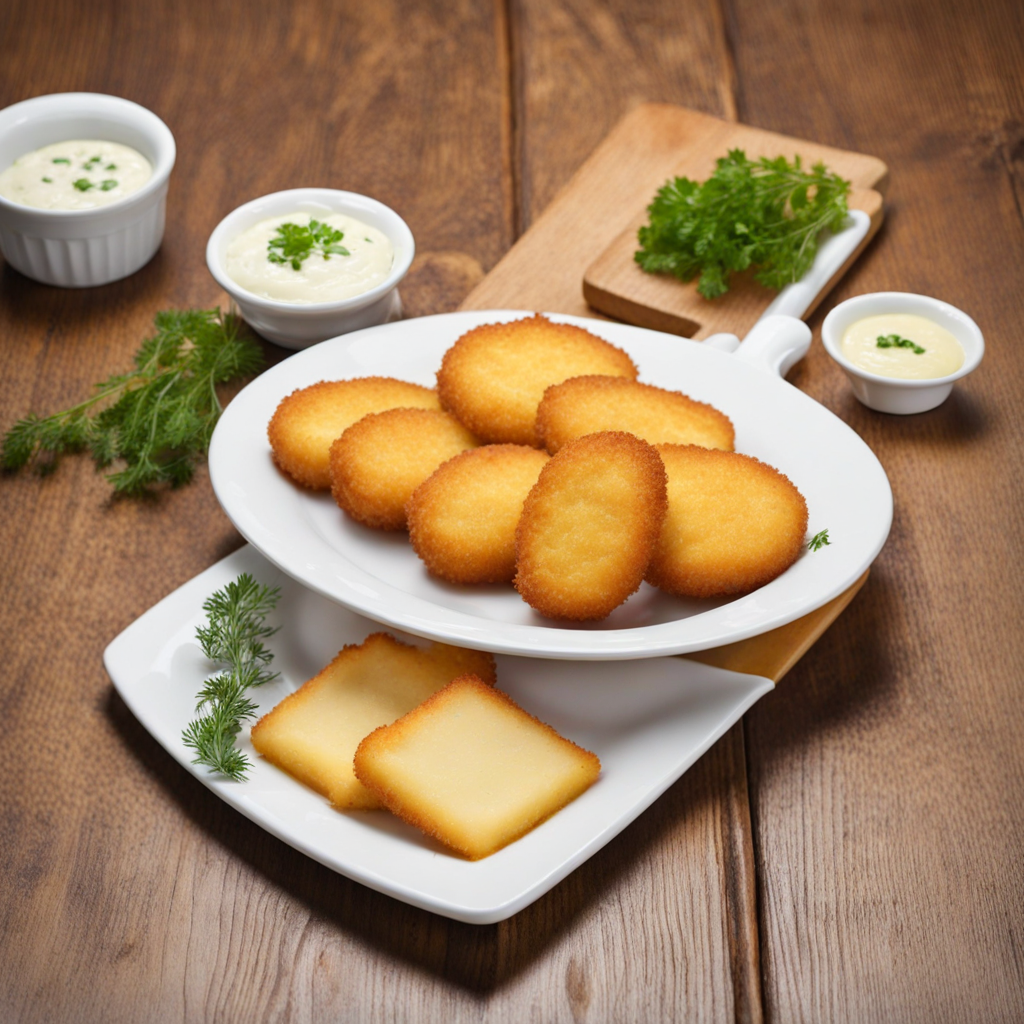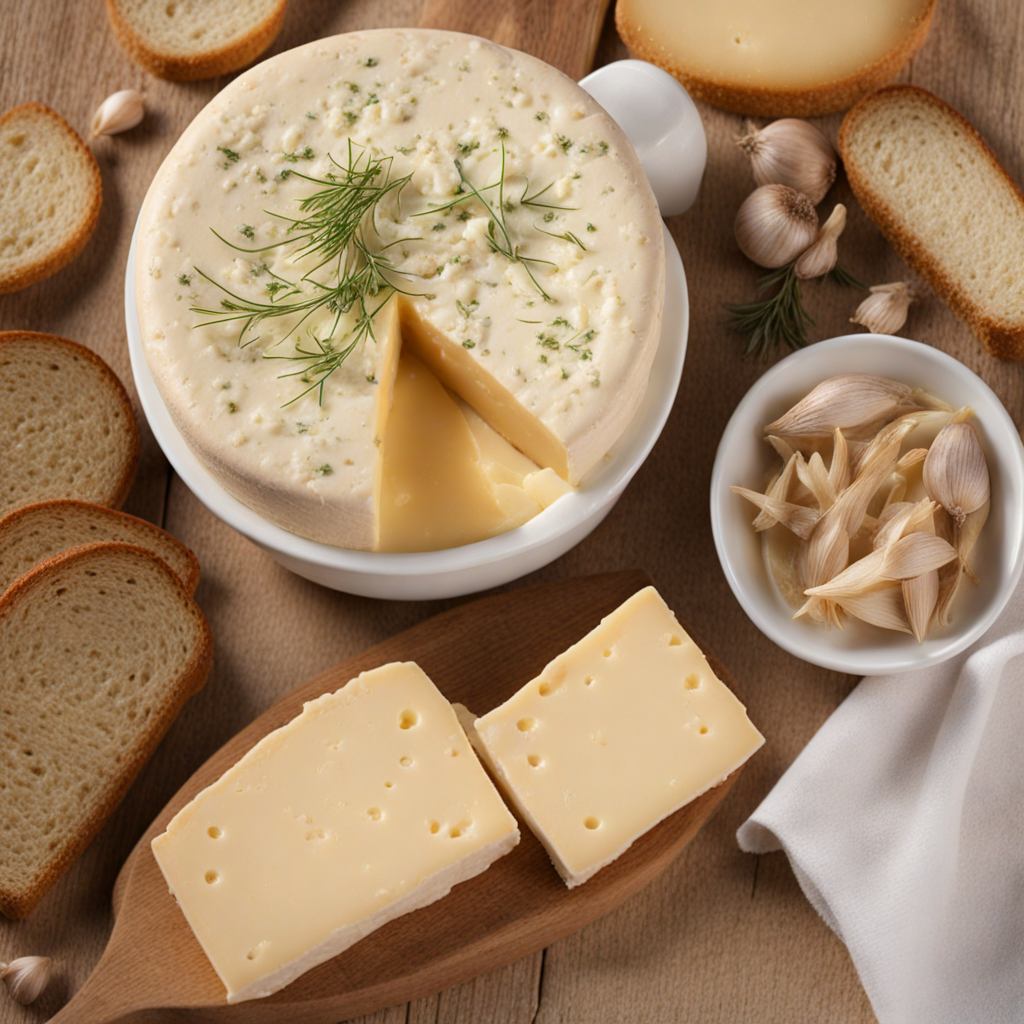Trdelník
Trdelník is a delightful pastry that hails from the Czech Republic, often enjoyed as a street food treat. This sweet delicacy is crafted by wrapping dough around a cylindrical spit, which is then grilled over an open flame or baked. As it cooks, the exterior becomes beautifully golden and crisp, while the inside remains soft and fluffy. Traditionally, the dough is flavored with sugar and vanilla, creating a subtle sweetness that perfectly complements its texture. Once cooked, Trdelník is often rolled in a mixture of sugar and ground nuts, commonly walnuts or almonds, which adds an irresistible crunch. The finished product is typically hollow, providing an exciting opportunity for creative fillings. Vendors often offer a variety of options, including whipped cream, chocolate, ice cream, or fruit, allowing you to customize your experience and explore different flavor combinations. This beloved pastry has gained popularity beyond its native land, becoming a must-try for visitors to Prague and other Czech cities. The warm, fragrant aroma wafting from Trdelník stalls is hard to resist, drawing in locals and tourists alike. Whether enjoyed as a snack on the go or as a dessert to savor, Trdelník is a perfect representation of the Czech spirit—rich in flavor, tradition, and a touch of whimsy.
How It Became This Dish
Trdelník: A Sweet History of a Czech Delight #### Origins Trdelník, a sweet pastry often associated with the Czech Republic, has a somewhat ambiguous origin story that reflects the rich tapestry of Central European culinary traditions. While many believe that the treat originated in the Czech lands, its roots can be traced back to the regions of Slovakia and Hungary, where a similar pastry known as "trdelník" or "kürtőskalács" is also popular. The name itself is derived from the Hungarian word "kürtő," meaning "chimney," which references the pastry's cylindrical shape that resembles a chimney. The earliest mentions of a chimney cake date back to the 19th century, particularly in the Székely Land region of Romania, where it was known as "kürtőskalács." This pastry was traditionally made during special occasions and festivals. It was cooked over an open flame, allowing the dough to be wrapped around a wooden spindle and rotated, creating a delicious, crispy outer layer while maintaining a soft, fluffy interior. This technique not only imparted a unique flavor but also made it a visually appealing treat. #### Cultural Significance Trdelník has transcended its humble beginnings to become a symbol of Czech street food culture, particularly in Prague, where it is sold by numerous vendors in the Old Town and around major tourist attractions. The pastry's popularity in the Czech Republic is intertwined with its cultural significance. It represents a connection to tradition and communal gatherings, often enjoyed during festivals, fairs, and family celebrations. The preparation of trdelník is often a communal activity, with families gathering to make the pastry together. This practice highlights the importance of food as a means of bringing people together, fostering connections and creating lasting memories. Over time, trdelník has evolved from a simple rustic treat to a trendy delicacy, often adorned with various toppings like whipped cream, chocolate, or fresh fruit, making it appealing to both locals and tourists. #### Development Over Time As the 20th century progressed, the popularity of trdelník grew, especially with the rise of tourism in the Czech Republic following the fall of communism in 1989. The pastry became a staple of street food vendors, who began to adapt the recipe and cooking methods to cater to a wider audience. The traditional open flame cooking method gradually gave way to gas and electric machines that allowed for more consistent results and quicker preparation times. In recent years, trdelník has undergone a renaissance, evolving to meet the tastes and preferences of modern consumers. Vendors now experiment with innovative fillings and toppings, transforming the once-simple pastry into a canvas for culinary creativity. Flavors like Nutella, ice cream, and fruit have become popular additions, and some vendors even offer savory versions filled with cheese or meats, further expanding the pastry's appeal. This evolution has not gone unnoticed; trdelník has gained international fame, being featured in food blogs, travel guides, and social media. Food enthusiasts and influencers flock to Prague to capture the enchanting sight of the golden-brown, spiral pastry being freshly prepared, creating a buzz that fuels its popularity beyond the borders of the Czech Republic. However, this rising fame has sparked debates about authenticity. Traditionalists argue that the modern variations stray too far from the original recipe and cooking style. Some critics view the commercialization of trdelník as a loss of cultural identity, while others embrace the innovation as a natural progression of culinary evolution. Regardless, the pastry remains deeply embedded in Czech culture and continues to draw people together in celebration of heritage and creativity. #### The Modern Scene Today, trdelník is not just a pastry; it has become a cultural phenomenon. Street vendors and cafes across the Czech Republic, especially in Prague, have embraced the treat, offering it in various forms and flavors. The pastry's design, often adorned with colorful toppings and served in eye-catching presentations, has made it a popular subject on social media platforms like Instagram, where food aesthetics play a significant role in influencing consumer choices. The rise of trdelník has also inspired food festivals and competitions, where vendors showcase their unique takes on this traditional pastry. Events celebrating local cuisine often feature trdelník prominently, emphasizing its importance in Czech culinary culture. Moreover, the pastry has crossed international borders, with variations appearing in countries such as the United States, where food trucks and fairs have adopted the treat, often with a twist. #### Conclusion In summary, trdelník is more than just a delicious pastry; it is a testament to the rich culinary heritage of Central Europe, embodying the spirit of creativity, community, and cultural exchange. Its evolution from a simple festival treat to a modern street food sensation showcases the dynamic nature of cuisine and the ways in which food can connect us to our roots while adapting to contemporary tastes. As trdelník continues to evolve and gain recognition beyond its homeland, it serves as a delicious reminder of the importance of tradition, storytelling, and togetherness in our culinary experiences. Whether enjoyed hot off the grill or filled with decadent toppings, trdelník remains a beloved symbol of Czech culture and a delightful treat that invites everyone to partake in its sweet history.
You may like
Discover local flavors from Czech Republic







